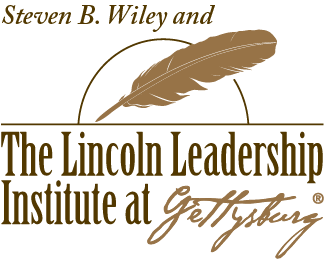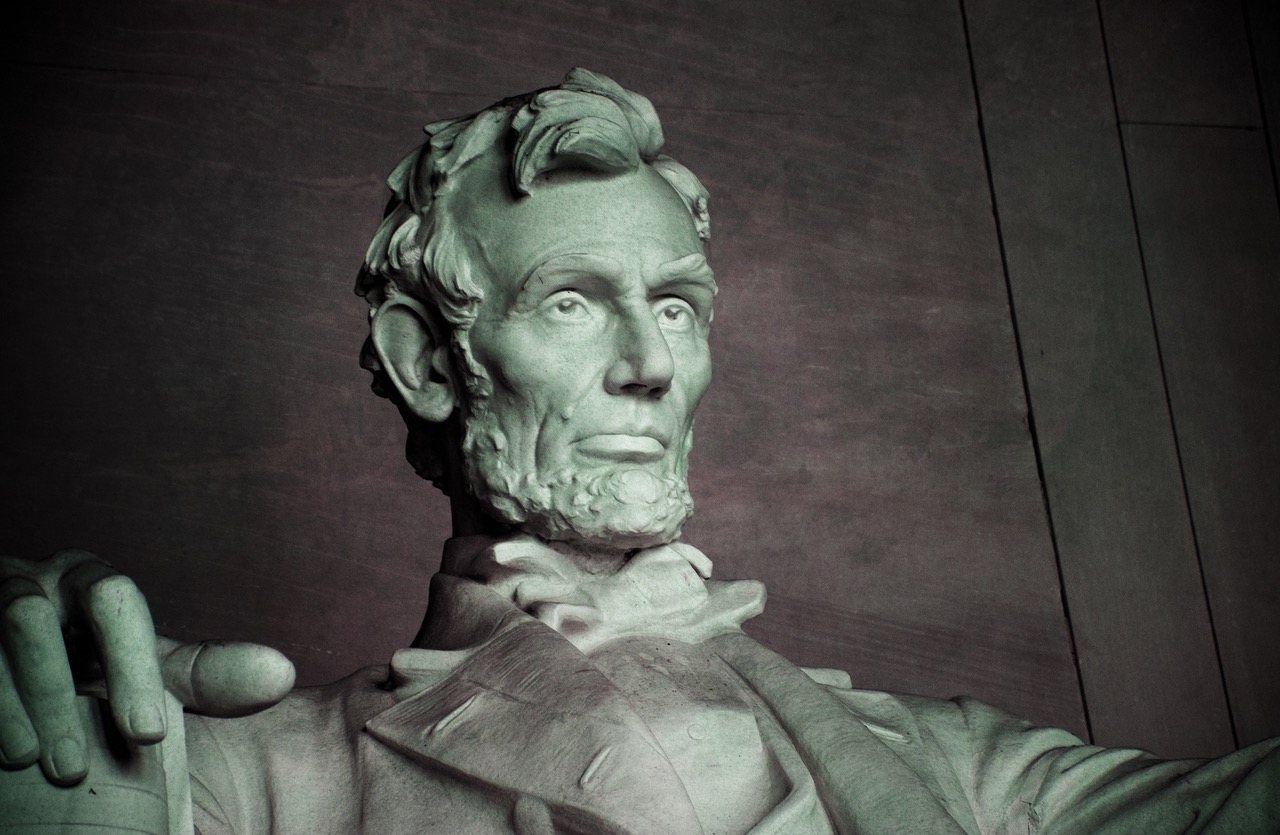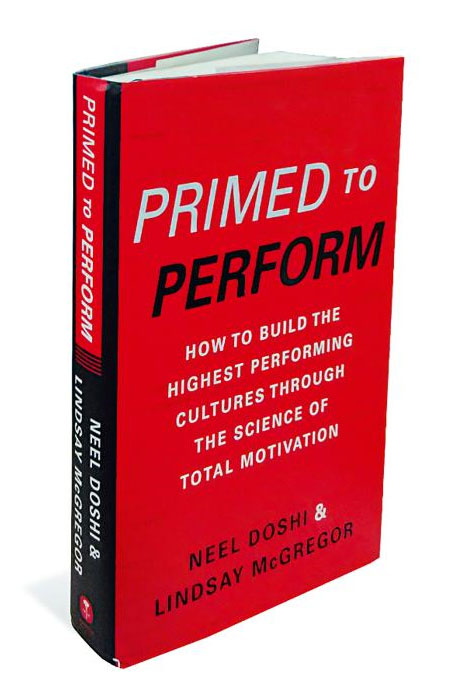One of the biggest questions leaders ask is, “How do I motivate my team?” Often we structure a monetary reward system to elicit motivation, but as William Henderson says, “Money is weak glue.” In Primed to Perform: How to Build the Highest Performing Cultures Through the Science of Total Motivation, authors Neel Doshi and Lindsay McGregor suggest that “why you work affects how well you work.”

Their research, admittedly built upon that of many who have come before them, has found three primary drivers of positive work motivation: play, purpose, and potential. Play is simply when you enjoy an activity and find pleasure in the work. Purpose is believing the outcome of the work is meaningful. Potential is a second-order outcome but is when you believe a task is an intermediate step to a meaningful future. Play is the strongest factor, with purpose having about half as much of an impact on motivation, and potential about one-sixth as much. While these are direct and internal factors, the authors have found that three indirect and external factors decrease motivation. Those three factors are emotional pressure, economic pressure, and inertia. When emotional pressures from shame or fear guide our actions, they serve to demotivate us. When we complete a task, primarily in order to earn a reward or avoid a loss, that economic pressure also decreases motivation. Lastly, when inertia sets in and we no longer see a real purpose or progress in our work we can become high demotivated.
The authors cite the work of Dan Ariely to suggest that when a job requires only technical performance then indirect motivators can elicit acceptable performance. However, if your organization faces adaptive challenges then you need employees who feel a sense of play, purpose, and potential in their work. Lastly, the authors stress creating a performance management system that elicits and rewards the types of adaptive, direct motivation behaviors outlined above.
In reading this book it is hard not to continually return to the example of Joshua Chamberlain and his intervention with the 2nd Maine mutineers. The video clip from Gettysburg that we show of Chamberlain speaking with these men makes clear that he addressed all six factors, trying to increase their direct motivators while decreasing the indirect or de-motivators. Chamberlain reminded the men of play by speaking of their original reasons for joining the unit. He drew their attention back to purpose by asserting, “This is an army out to set other men free.” He also spoke of the potential both for the army if they were to win the battle and for the individual men, “We’ll give you your weapons back, and nothing more will be said by anyone.” Chamberlain decreased the emotional pressure by assuring the men they would not be executed if they continued to refuse duty. Chamberlain did not offer economic incentives to rejoin the unit, and thus avoided the trap of piling on economic pressure. Finally, for men stuck in limbo, he broke the inertia of the situation and allowed them all to move on with their lives, one way or another. The example of Chamberlain helps prove the model, and the model helps shed light on why Chamberlain was so successful with these men.
If you are interested in exploring culture and motivation with your leaders, we’d love to talk with you about how our Gettysburg case studies can help!





Recent Comments